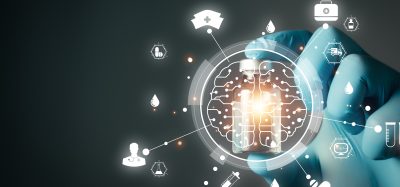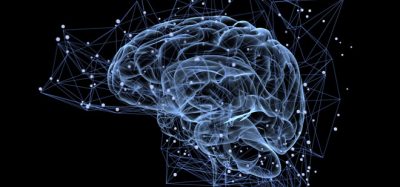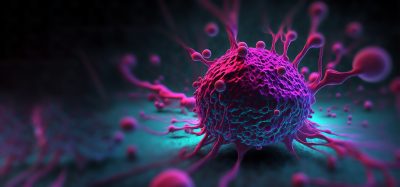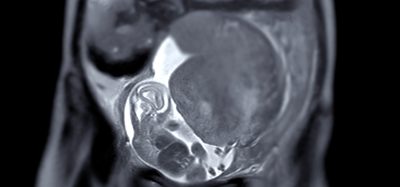Mass spectrometry workflows powering the future of biologics
Posted: 1 October 2025 | Drug Target Review | No comments yet
Analysing complex biologics is one of drug discovery’s biggest challenges. At Genentech, Rachel Shi is developing MS workflows that deliver clearer answers, faster.
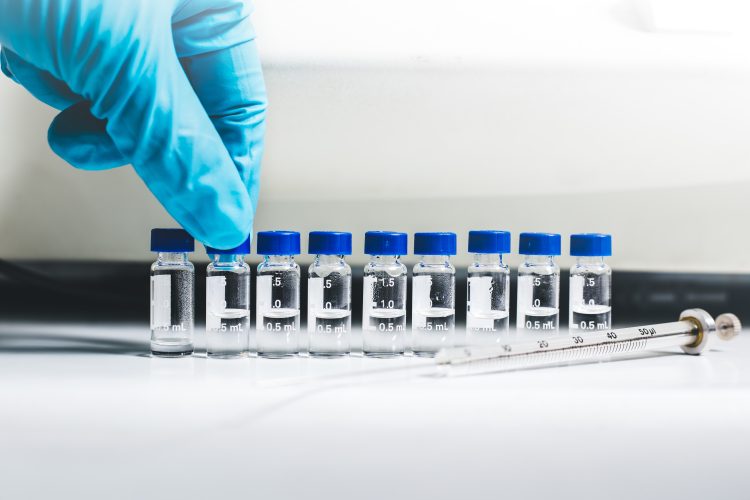

Drug discovery is entering a period of rapid change. New therapeutic formats such as multivalent antibodies and antibody–drug conjugates (ADCs) with high drug-to-antibody ratios (DARs) are extending the range of ways researchers can design targeted therapies. At the same time, they bring formidable challenges. These molecules are structurally complex, often present at very low levels in biological systems and can be difficult to analyse with conventional methods.
At the centre of this challenge is Rachel Shi, principal scientist in the bioanalytical mass spectrometry group at Genentech. Rachel develops new analytical workflows designed to answer difficult questions about how emerging therapeutics behave in the body. Her work focuses on turning new analytical methods into practical workflows that give discovery teams the reliable data they need to make faster and more confident decisions.
We spoke with Rachel about the challenges of analysing multivalent antibodies and high-DAR ADCs, the analytical tools that are helping to address these problems and the importance of choosing the right strategy early in discovery.
Biomarkers are redefining how precision therapies are discovered, validated and delivered.
This exclusive expert-led report reveals how leading teams are using biomarker science to drive faster insights, cleaner data and more targeted treatments – from discovery to diagnostics.
Inside the report:
- How leading organisations are reshaping strategy with biomarker-led approaches
- Better tools for real-time decision-making – turning complex data into faster insights
- Global standardisation and assay sensitivity – what it takes to scale across networks
Discover how biomarker science is addressing the biggest hurdles in drug discovery, translational research and precision medicine – access your free copy today
From molecules to meaning
Rachel’s remit stretches across both platform development and project-specific support – a balance that lets her translate novel bioanalytical technologies directly into impactful decision-making.
“As a scientist in a bioanalytical mass spectrometry group at Genentech, my role focuses on developing innovative analytical workflows to characterise complex biologic therapeutics from biomatrices. This includes supporting the PK/PD and biotransformation studies of the emerging therapeutic modalities like multivalent antibodies and different antibody derivatives.”
Her work has two main aims: to generate data that supports lead optimisation and selection, and to develop workflows that enable complex biologics to be characterised during early development.
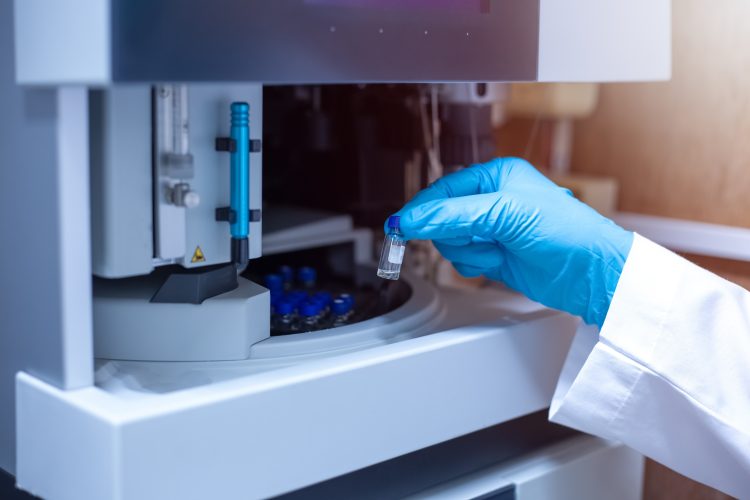

Mass spectrometry (MS) is an analytical technique that measures the mass of molecules with extreme accuracy and sensitivity. By ionising compounds and separating them based on their mass-to-charge ratio, MS allows researchers to identify, characterise and quantify complex biologics such as multivalent antibodies and antibody–drug conjugates (ADCs). In drug discovery, it provides critical insights into drug structure, stability and behaviour in biological systems. Image credit: S. Singha / Shutterstock
Why multivalent antibodies and high DAR ADCs push the limits
When it comes to emerging biologics, not all challenges are created equal. For Rachel, multivalent antibodies and high DAR ADCs are among the most analytically demanding.
The key challenges are the heterogeneity of the ADC samples, low abundance of ADC molecules in biological matrices and the instability risk associated with the linker drug in ADCs.
“The key challenges are the heterogeneity of the ADC samples, low abundance of ADC molecules in biological matrices and the instability risk associated with the linker drug in ADCs.”
In denatured liquid chromatography–mass spectrometry (LC–MS), proteins are broken into smaller components before analysis. While useful in many cases, this method cannot always reveal the intact structure of complex molecules, creating critical blind spots.
Conventional LC–MS methods often struggle to provide intact information on ADCs. The problem is especially pronounced for interchain-modified species or those with high drug-to-antibody ratios (DARs). Without a full picture it becomes difficult to directly assess DAR distributions, track degradation pathways or evaluate in vivo stability. In practice, this means that the most important information for drug developers is often the hardest to obtain.
Native charge detection MS
One approach that overcomes these limitations is native charge detection mass spectrometry (CDMS). Unlike conventional MS, which measures an ensemble of ions and can struggle with overlapping charge states, CDMS analyses individual ions to determine both their charge and mass. This makes it possible to measure intact ADCs directly, even when they are highly heterogeneous or present at low concentrations.
Native CDMS allowed us to directly measure the DAR distributions of intact ADCs, even for highly heterogeneous DAR 14 species that are non-covalently conjugated.
“Native CDMS allowed us to directly measure the DAR distributions of intact ADCs, even for highly heterogeneous DAR 14 species that are non-covalently conjugated.”
With CDMS, Rachel and her team were able for the first time to track DAR heterogeneity and detect degradation products directly in samples taken from biological systems, even at low concentrations. This provides information that conventional methods cannot access and allows researchers to evaluate the stability and behaviour of ADCs under physiologically relevant conditions. Such data are essential for understanding how candidate molecules will perform in development and for making informed decisions about which ADCs to advance.
Beating the enrichment bottleneck
For many projects, bioanalytical workflows rely on immunoaffinity enrichment, where antibodies are used to selectively pull down a target protein from a complex biological sample before analysis. This approach can be effective, but it is also slow, labour-intensive and dependent on the availability of specific reagents. To avoid these limitations, Rachel’s team has been developing multiplexed LC–MS/MS approaches.
“For multiplexed peptide quantitation, we applied a combination of Newomics’ multi-nozzle electrospray ionisation (MnESI) and high-field asymmetric waveform ion mobility spectrometry (FAIMS) to eliminate the need for immunoaffinity enrichment.”
Together, these methods provide complementary advantages:
- Multi-nozzle electrospray ionisation (MnESI): This technique takes a single liquid flow and divides it into several much smaller flows. By doing so, it achieves the high sensitivity typical of nanoflow systems, but with the stability and robustness of larger microflow systems.
- High-field asymmetric waveform ion mobility spectrometry (FAIMS): This is a gas-phase separation method used after liquid chromatography. It separates ions based on how they move in alternating electric fields, which reduces background signals and improves the ability to detect specific target peptides in complex samples.
Using MnESI together with FAIMS has made it possible to detect target peptides sensitively and selectively in complex biological samples without the need for immunoaffinity enrichment. Avoiding this extra enrichment step reduces reliance on specific reagents and shortens sample preparation. For early-stage projects, this streamlining can save significant time and accelerate the generation of decision-making data.
The case for advanced MS in early bioanalysis
So why does all this matter? Because in the context of drug discovery, the earlier you can get clear and physiologically relevant data, the better your decisions will be.
Advanced MS technologies enable label-free, high-resolution and information-rich characterisation and quantitation of emerging biotherapeutics with enhanced speed and sensitivity.
“Advanced MS technologies enable label-free, high-resolution and information-rich characterisation and quantitation of emerging biotherapeutics with enhanced speed and sensitivity.”
Rachel highlights one of the most pressing examples: ADC quantification in complex matrices.
Conventional immunoassay methods such as ELISA can be difficult to apply to complex biologics like ADCs. Their structural diversity, the presence of degradants and situations where multiple drugs are dosed together all complicate accurate measurement. In addition, ELISA requires specific pairs of reagents that are not always available early in discovery, making it less practical during candidate screening and optimisation.
By contrast, native CDMS, MnESI and FAIMS let teams bypass these hurdles, performing direct analyses that are faster, more scalable and better aligned with real-world biology.
For discovery teams, these approaches reduce blind spots, minimise delays and support more confident go/no-go decisions.
A glimpse into the future
Looking ahead, Rachel is particularly excited by the convergence of ion mobility spectrometry with high-resolution MS and by the growing power of microfluidic sample preparation tools.
I am enthusiastic about integrating ion mobility spectrometry (eg, FAIMS or TIMS) with high-resolution MS platforms to enhance selectivity, reduce background and improve sensitivity, particularly in complex biological matrices.
“I am enthusiastic about integrating ion mobility spectrometry (eg, FAIMS or TIMS) with high-resolution MS platforms to enhance selectivity, reduce background and improve sensitivity, particularly in complex biological matrices.”
Meanwhile, new automated front-end technologies such as SampleStream and Evosep are set to transform throughput and reproducibility.
“As these MS front-end technologies become more accessible, they have the potential to significantly accelerate lead selection, developability assessment and in vivo biomarker characterisation.”
In practical terms, these advances are making mass spectrometry workflows faster, more reproducible and better suited to analysing complex biologics.
Beyond the instruments: the human element
For all the technology, Rachel emphasises that impact comes from integration – the ability to move new tools from proof-of-concept into everyday workflows that guide pipeline decisions.
That requires not just technical skill, but collaboration across teams, openness to experimentation and a clear line of sight to what the data actually need to achieve.
It is here that Rachel sees her dual role – balancing platform development with project delivery – as especially powerful.
Conclusion: mass spectrometry as a strategic lever
Rachel Shi’s work illustrates how bioanalytical mass spectrometry has become central to modern drug discovery, moving beyond a supporting role to directly shaping decisions in early development.
Whether it is using CDMS to untangle high DAR ADCs, FAIMS to sharpen detection or MnESI to push sensitivity further, Rachel’s contributions show how bioanalysis is redefining what is possible in early-stage development.
As these tools become more widely adopted, mass spectrometry will play an increasingly central role in understanding the behaviour of complex biologics and guiding their development.
Meet the expert


Related topics
Analysis, Analytical Techniques, Antibodies, Antibody Discovery, Biologics, Biopharmaceuticals, Biotherapeutics, Drug Discovery, Drug Discovery Processes, In Vivo, Label-Free, Mass Spectrometry, Proteomics
Related organisations
Genentech



